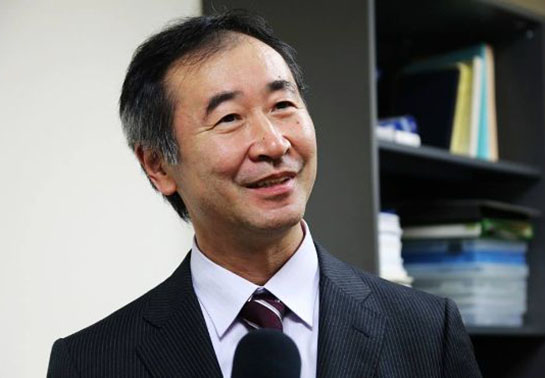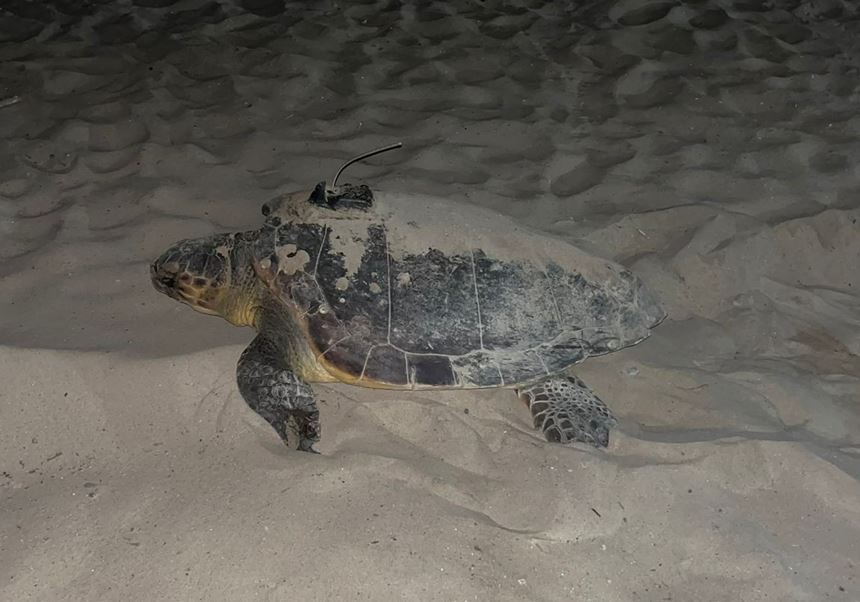Takaaki Kajita, winner of the Nobel Prize in Physics, to give two lectures in Valencia with the IFIC support
- Fundació Parc Científic
- October 4th, 2018

The first lecture will be held in the Museum of Sciences next Sunday, October 7th, at 7 PM, and it will include simultaneous translation and free entry with previous inscription. The Japanese physicist will talk about the understanding of the Universe more deeply. On October 8th at 12 PM, Kajita will give a Severo Ochoa colloquium at the Institute of Corpuscular Physics (IFIC), Science Park of the Universitat de València, to expose the research programme on neutrino physics in Japan.
In the lecture “Desvelando los secretos del universo con neutrinos, rayos gamma y ondas gravitacionales”, Takaaki Kajita will explain how the mass of meutrinos was discovered to the public in the Museum of Sciences. This finding was the reason he and Arthur B. McDonald were awarded with the Nobel Prize of Physics in 2015.
In the early years of XXI century, they both were head of the experiments that proved that neutrinos ‘oscillate’ turning into the three known types. Contrary to previous thoughts, this finding confirmed that neutrinos have mass, which is very significant since neutrinos are one of the most abundant elementary particle in the Universe.
Apart from the explanation of the keys of this elusive particle to study cosmos, Kajita will review other phenomena that cannot be studied with visible light. For instance, supernova explosions, with which the life of some stars ends, can be easily seen with optical telescopes although the mechanism that causes them can only be understood with neutrinos and gravitational waves, recently discovered (finding that also deserved a Nobel Prize of Physics). The conference is free with previous inscription in the City of Arts and Sciences website, and will include simultaneous translation in Spanish.
On Monday, 8th of Ocrober, Kajita gives one of the IFIC’s Severo Ochoa colloquiums, a series of lectures where world experts in particles and astroparticles, and nuclear physics are brought by the Valencian Centre of Excellence. In these colloquiums, the Japanese scientist will expose the keys of the research programme on neutrino physics in his country, one of the world powers in this field. Japan is home of the biggest neutrino detector, Super-Kamiokande, a 40-metre-high container with 50,000 tons of pure water located in an underground mine, where the oscillation of atmospheric neutrinos was discovered in an experiment leaded by Kajita.
Super-Kamiokande also receives neutrinos from the KEK laboratory in the experiment T2K, where the IFIC participates. Japan’s plans are to start making the detector, called Hyper-Kamiokande, bigger and improve it in 2020 since the other countries’ plans such as the USA are to build another big experiment, DUNE, to study the neutrinos, where IFIC also participates.
Takaaki Kajita (1959, Higashimatsuyama, Japan) studied in the universities of Saitama and Tokyo, were he got his PhD in 1983 under the direction of Masatoshi Koshiba, winner of the Nobel Pryze in 2002 thanks to the detection of cosmic neutrinos. Since 1988, he is involved in the Institute for Cosmic Ray Research in the University of Tokio and he became its director in 2015. He is now leading another experiment in the Kamioka Observatory, KAGRA, for the detection of gravitational waves.
More information:
File in: Astronomía y Astrofísica , Física
















